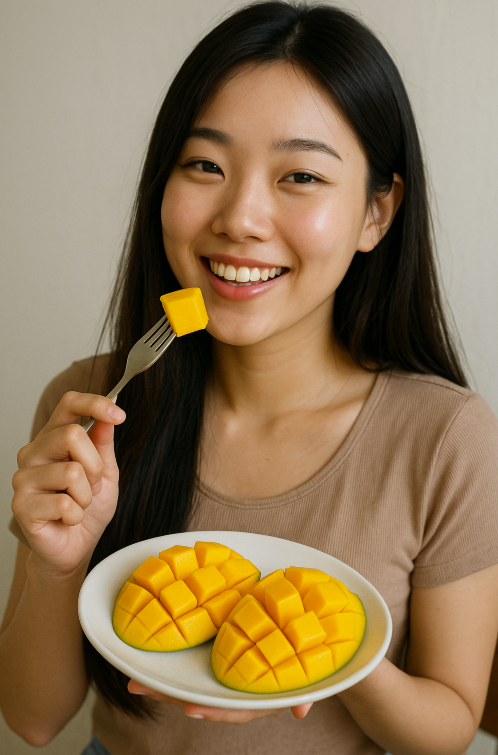What is Bitcoin? 12 Must-Know Facts About the World’s First Cryptocurrency

In the past decade, Bitcoin has gone from an obscure concept on a cryptography mailing list to a financial phenomenon that’s shaken up global markets. But what exactly is Bitcoin? And why does it matter? Whether you're a curious beginner or someone looking to brush up on the basics, here are 12 essential facts to understand what makes Bitcoin so unique. 🔹 1. Bitcoin Is a Digital Currency Bitcoin is a decentralized digital currency , meaning it exists only online and isn’t issued or controlled by any central bank or government. It was created in 2009 by an unknown individual or group using the alias Satoshi Nakamoto . 🔹 2. It Runs on Blockchain Technology At the core of Bitcoin is the blockchain —a public ledger where every transaction is recorded. This transparent, tamper-proof system makes it possible to transfer value without needing a trusted third party, like a bank. 🔹 3. No Middlemen Needed Because of its decentralized nature, Bitcoin allows for peer-to-peer ...







